Ideas For Eco-friendly Branding
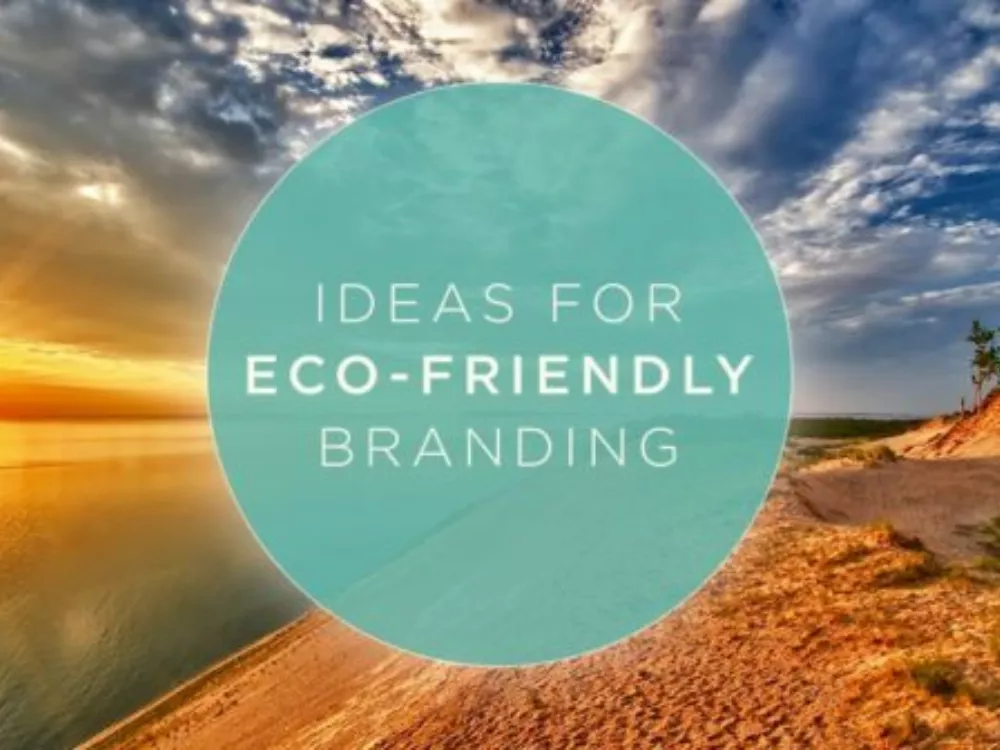
Here at Britten, we’re all about helping companies to promote their brands. But with Earth Day fast approaching, we thought it would be worth highlighting several eco-friendly ways that you can reduce your environmental impact, and still make a huge branding impact!
#1. Consider Using Latex vs. Solvent-Based Inks
In the past, the commercial printing industry used solvent-based inks. The solvents contained hazardous chemicals that had a nasty odor and burned violently. The volatile compounds in the solvent were poisonous to people and harmful to the environment.
Many modern companies have made a commitment to reducing the impact of their business on the environment. For them, making sure that their banners and signs are environmentally friendly is a priority.
Fortunately, the technology used to manufacture ink has improved greatly in the last decade. Latex ink was introduced as an alternative to solvent.
Britten Inc is committed to environmentally sound business practices. We own more HP Latex 3500 printers than anyone else in North America. We have an unmatched capacity to fill latex print orders and we use nearly as much latex ink every year than any other company in North America.

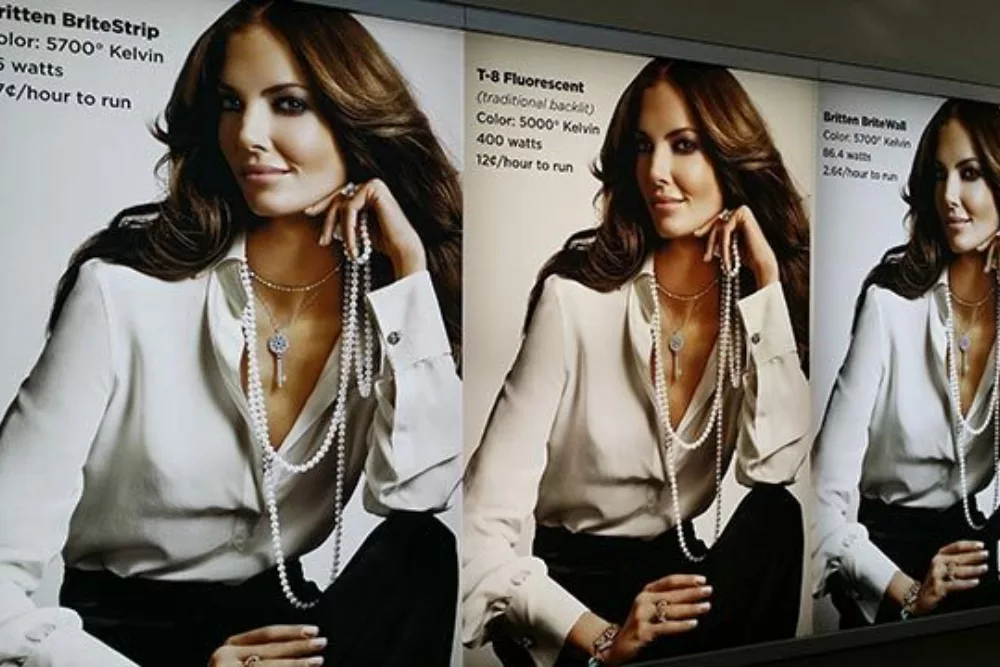
#2. LED vs. Fluorescent Backlit Displays
Compared to a traditional light box system, LED backlit displays use a fraction of the energy consumption. T-8 fluorescents have dominated the lighting industry for years, but the tubes draw about ten times as much power and constantly need to be replaced.
Now, advances in LED technology have made it more affordable and the display not only lasts longer (lifespan of over 50,000 hours is typical), but it’s brighter and runs cooler, also.
For two identical backlit displays as shown above, it would only cost about 1.7 cents per hour for an LED system and over 12 cents per hour for a traditional backlit. Not only is it better for the environment, but it costs less to operate!
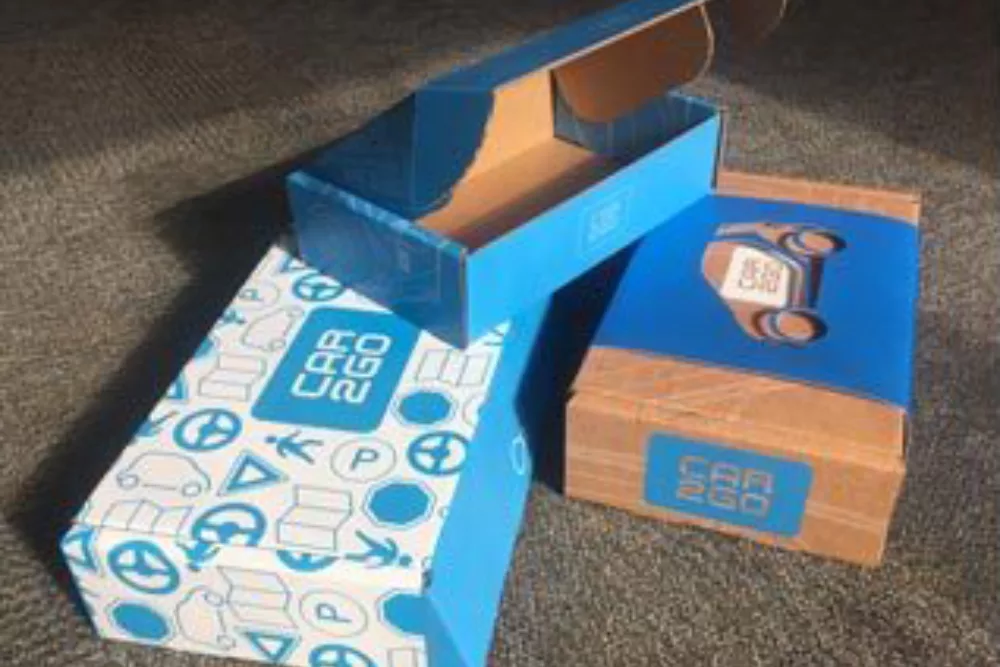
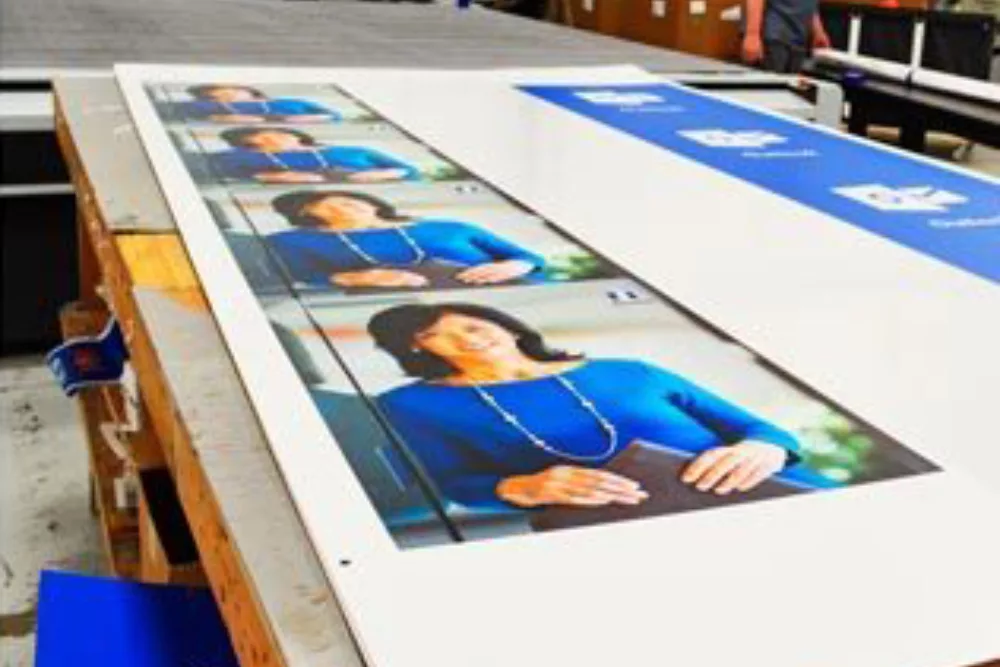
#3. Corrugated Cardboard vs. Plastic
Kemilite® is a flood-coated cardboard that is commonly used for corrugated applications. Used exclusively indoors, it’s a more cost-effective option than Coroplast (corrugated plastic) and it is easily recycled.
It’s a great option for point-of-purchase displays, or scored packaging like boxes or temporary signage like table tents.
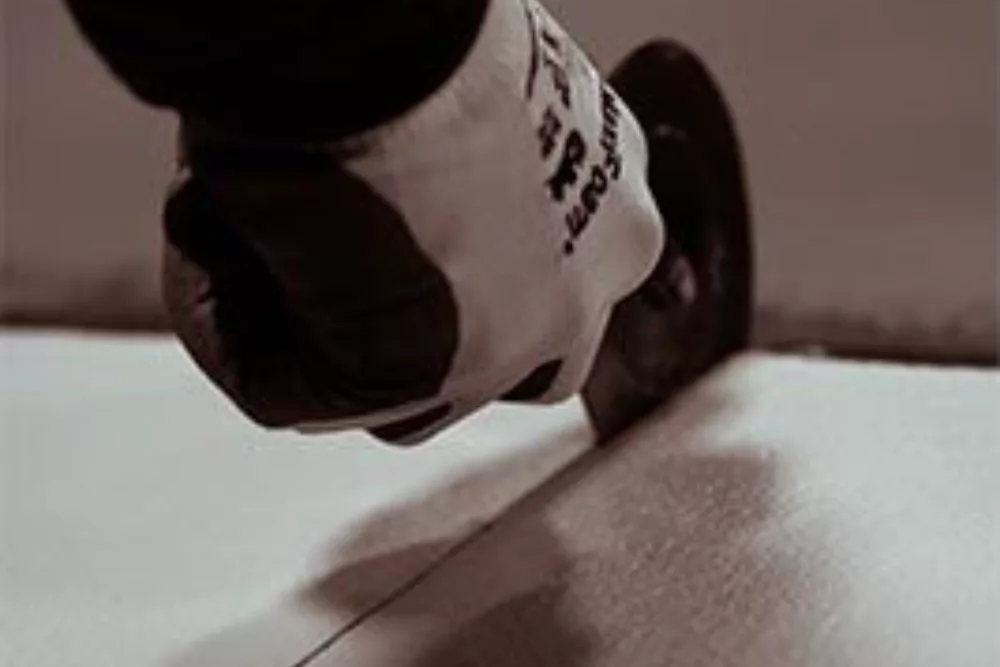
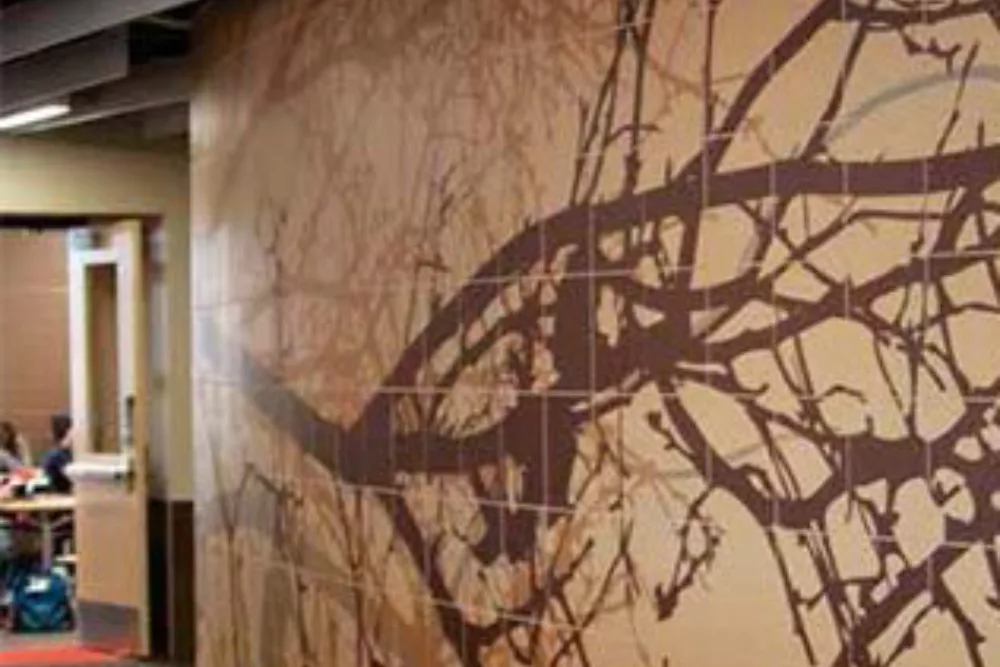
#4. Eco-Friendly, Imprinted Tile
Did you know that Britten now produces custom, imprinted tile – and that it’s more durable than ceramic? Useable on both floors and walls, it can be printed as a pattern or as a completely unique mural.
All products are made right here in northern Michigan, with 50% of the material sourced from fluorescent light bulbs (post-consumer recycled glass). Very little energy is consumed, because no kiln is used in the creation process. It produces zero hazardous waste and zero VOC Air Emissions and leaves as little impact on the environment as possible.
Additionally, installing Britten Tile can also qualify for up to 10 LEED points – we can help projects to obtain credits in three different categories and contribute up to a possible 10 LEED points, as determined by LEED interpretation and approval.
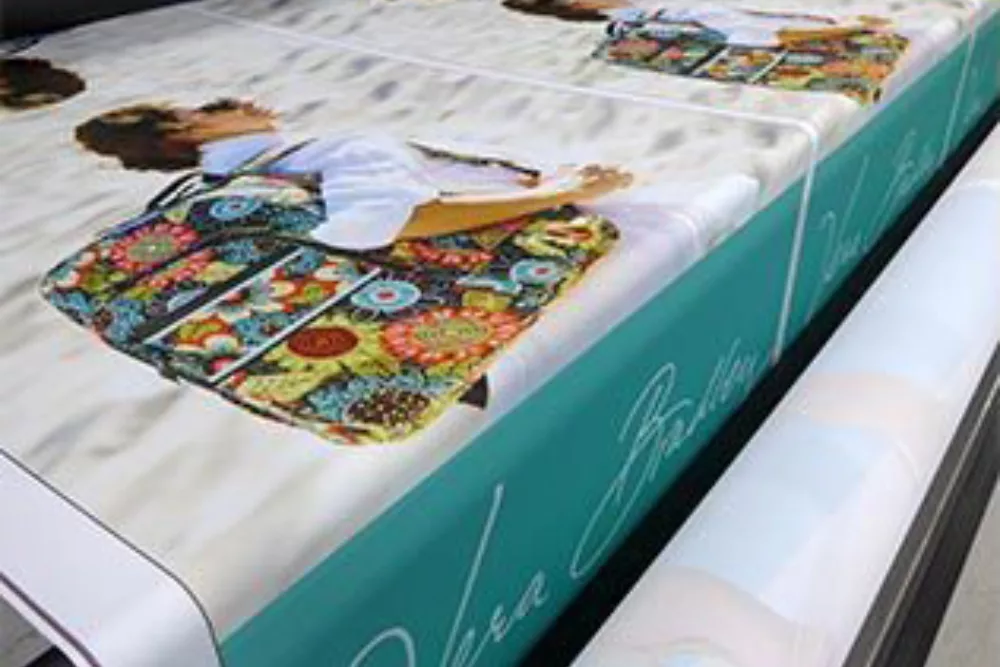

#5. Consider Fabric vs. Vinyl
Another eco-friendly option for large format branding would be fabric banners. Britten offers five standard materials for use in a variety of applications, both indoors and outdoors. It’s lightweight and luxurious, compared to traditional vinyl.
Fabric is great for a range of products, including:
- table covers and trade show backdrops
- framed display stands with silicone-edged graphics
- media screens & step-and-repeat logo walls
- flags and concert backdrops

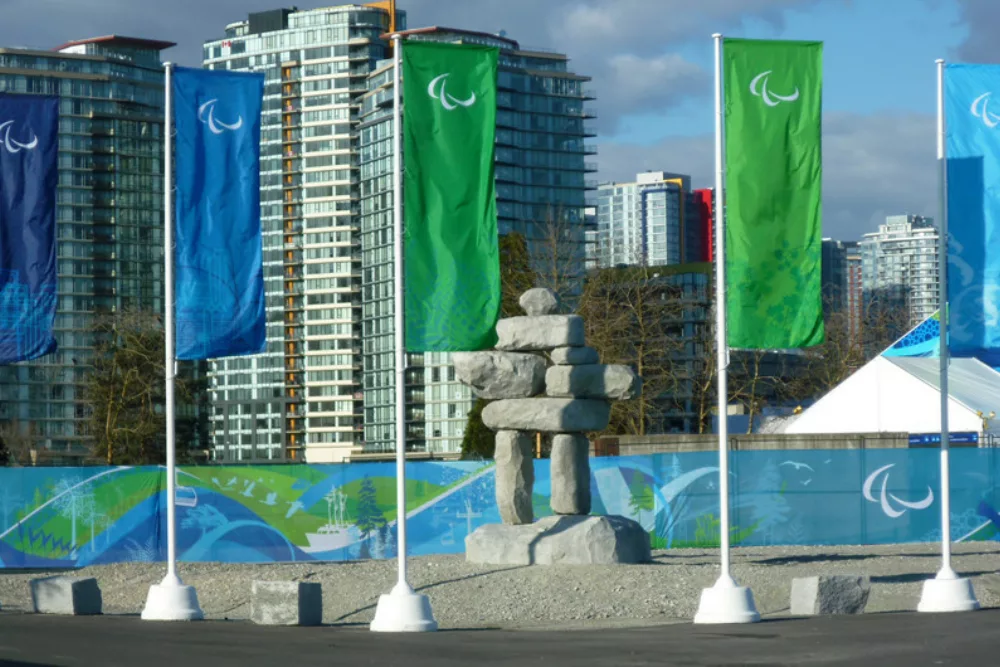
Contact Britten today to learn more about how you can keep your environmental impact in check, while still making a huge BRANDING impact.
Thanks for reading, and Happy Earth Day!
